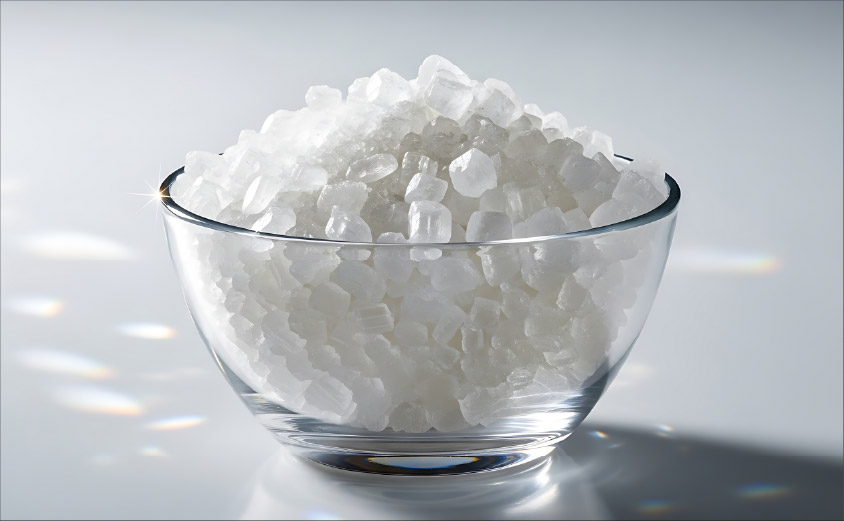Uncover How PVC Producers in Vietnam Are Powering the Next Big Wave in Polyethylene Wax Usage

The Vietnam polyethylene wax market exhibits a well-balanced demand structure across various applications, reflecting the nation's industrial growth and an increasing focus on polymer-based products. Plastics processing and lubricants hold the largest market share, primarily driven by the expanding plastics manufacturing and export sectors in Vietnam. Polyethylene wax serves as a critical processing aid, providing lubrication, mold release, and surface enhancement in diverse plastic formulations. The rapid industrialization in the Southern region and Ho Chi Minh City, bolstered by foreign investments and local manufacturing initiatives, has enhanced consumption from plastic converters and compounders. The growth in domestic production of molded goods, films, and profiles has further solidified the demand for polyethylene wax, contributing to steady market expansion.
| Application | Market Share (%) |
| Plastics Processing and Lubricants | 24.5 |
| Hot Melt Adhesives | 10.8 |
| Printing Inks and Coatings | 7.6 |
| Masterbatch and Compounding | 15.4 |
| PVC Processing Aids | 11.9 |
| Polishes and Surface Waxes | 4.8 |
| Rubber Processing | 5.1 |
| Candle Manufacturing | 3.9 |
| Cosmetics and Personal Care | 2.7 |
| Packaging and Films | 6.5 |
| Metalworking and Release Agents | 4.2 |
| Textile Sizing | 2.6 |
In the realm of hot melt adhesives, the polyethylene wax market benefits from rising demand across the packaging, labeling, and bookbinding industries. The growth of e-commerce and food packaging applications has created a need for strong, thermally stable adhesives, with polyethylene wax improving viscosity control and bonding performance. Significant modernization in Vietnam's packaging sector has led to consistent increases in polyethylene wax consumption within this category. Similarly, in the printing inks and coatings segments, polyethylene wax is extensively utilized to enhance abrasion resistance, slip properties, and gloss. The continuous growth of the printing industry, especially in packaging and commercial advertising, has resulted in sustained demand for wax-based additives. Additionally, coatings for metal cans, furniture, and industrial surfaces increasingly depend on polyethylene wax for improved smoothness and durability, reinforcing its presence across multiple end-use markets.
The masterbatch and compounding sectors represent another significant application within the Vietnamese polyethylene wax market, driven by growing demand from manufacturers of color and additive masterbatches. The wax functions as a dispersing agent, enhancing pigment distribution and overall quality of masterbatch granules. As Vietnam evolves into a manufacturing hub for polymer-based exports to Southeast Asia, the masterbatch segment is expected to continue its expansion, strengthening its role as a major consumer of polyethylene wax. Moreover, PVC processing aids constitute a crucial segment, with the wax being widely used in the production of pipes, sheets, and profiles.
The construction boom and infrastructure upgrades in Vietnam have accelerated the manufacturing of PVC products, increasing demand for lubricants that facilitate smoother extrusion and prevent die buildup. With ongoing urbanization and public infrastructure development, the PVC segment is anticipated to remain a reliable growth driver for the market.
In the polishes and surface waxes sector, polyethylene wax is utilized to provide high gloss, protection, and water resistance. The demand for car and furniture polishes has surged alongside Vietnam's growing middle-class consumer base and rising automotive ownership rates. Although this segment occupies a relatively smaller market share, it demonstrates consistent performance due to its applications in maintenance and finishing products. The rubber processing industry also presents steady growth potential, particularly in tire manufacturing and industrial rubber goods. Polyethylene wax enhances mold release, reduces tack, and improves surface smoothness in rubber compounds. Vietnam's well-established rubber production ecosystem supports local consumption and export-oriented manufacturing, ensuring long-term stability in this application area.
The candle manufacturing segment, while smaller in scale, holds both cultural and export significance. Polyethylene wax plays a vital role in enhancing burn rate control, hardness, and gloss in candles, making it an important additive for both domestic and international markets. As Vietnam fortifies its position as a global exporter of candles, the use of wax as a performance modifier is expected to remain steady. The cosmetics and personal care sectors have seen growing interest in premium skincare and grooming products, with polyethylene wax serving as a thickening and structuring agent in creams, balms, and lipsticks. Although niche, this segment is poised for expansion as Vietnam's cosmetics manufacturing and private-label production increase under regional trade initiatives.
In packaging and films, polyethylene wax is employed to enhance slip properties, anti-blocking performance, and processing efficiency in film extrusion. The growth of flexible packaging across food, beverage, and logistics sectors has driven steady demand in this category. As more multinational packaging companies invest in Vietnam, the consumption of polyethylene wax for film processing is projected to rise. Metalworking and release agent applications, while moderate, provide essential support to industrial lubricants and mold-release products used in machinery, die casting, and extrusion processes. The ongoing industrial diversification in the country ensures continuous usage in these applications.